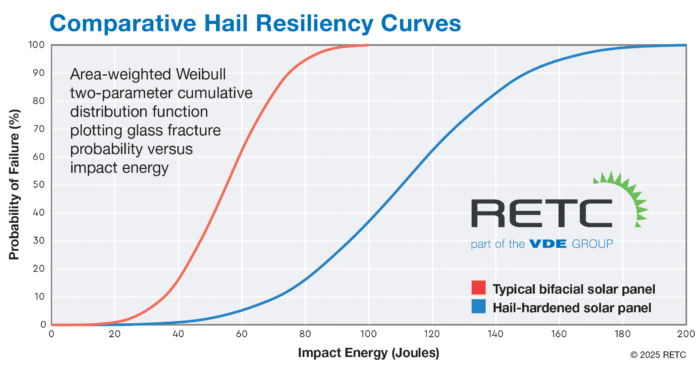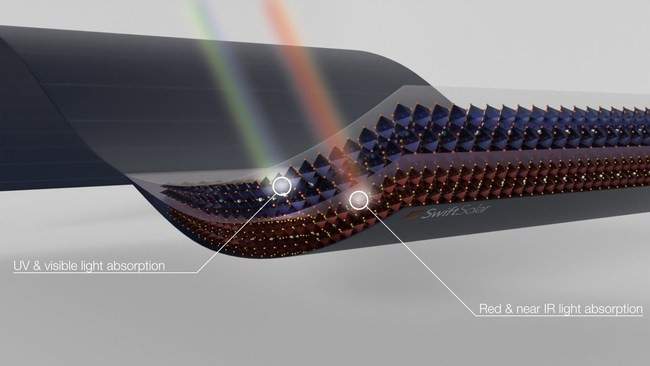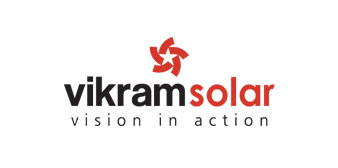VDE Americas, RETC introduce solar panel Hail Resiliency Curve test

A new testing protocol measures solar panel resiliency against real-world hailstorm conditions to better defend critical power infrastructure against storm damage. VDE Americas and RETC, part of the VDE Group, have introduced the Hail Resiliency Curve (HRC) test, a groundbreaking protocol designed to evaluate solar panel resilience against hail damage.
The innovative HRC test represents a significant advancement over current industry standard testing by characterizing resiliency across a broad spectrum of impact energies and testing products to failure. Unlike current hail certification tests for solar panels, the HRC test simulates real-world hailstorm conditions where solar panels face numerous impacts from a range of hailstone sizes and wind speeds during severe hailstorms.
“The solar industry has long needed a more rigorous approach to hail testing,” said Cherif Kedir, president and CEO of RETC. “The Hail Resiliency Curve Test fills this knowledge gap by providing our customers with actionable data on solar panel hail resilience across the complete impact energy spectrum of real-world hailstorms. Moreover, the rigorous sample size ensures a more thoroughly vetted solar panel characterization.”
The test involves firing a series of small to large hailstones at low to high speeds at solar panels representing specific models and brands until glass fracture occurs, which gives solar developers, owners and operators accurate data for a panel’s “breaking point.”
The new HRC protocol enables:
- Solar panel manufacturers to optimize hail-hardened product designs and demonstrate their performance advantages relative to conventional products;
- Project developers to perform cost-benefit analyses of different solar panels and tracker tilt angle (known as hail stow) combinations to mitigate hail damage risk; and
- Insurance providers to appropriately right-size hail damage coverage and premiums based on empirical data rather than speculation.
VDE Americas, a global leader in technical advisory and catastrophic risk assessment services, and RETC (Renewable Energy Test Center), a leading certification testing provider for the solar industry, are leveraging their knowledge and experience to arm the solar industry with information to better protect solar panels from catastrophic hail.
“Conventional hail risk models that are relied upon by many in the insurance community are severely antiquated and outdated,” said Brian Grenko, president and CEO of VDE Americas. “Hail Resiliency Curve Test results provide a superior characterization of solar panel hail resiliency, reducing uncertainty for investors and insurance providers.”
Glass industry expert Mike Pilliod, president and chief technical officer at Central Tension, who collaborated in the development of the test, emphasized its value: “What really interests me as a glass reliability engineer are measurement systems that provide a statistically representative probability of failure. The use case doesn’t really matter. Automotive glass, cellphone displays, architectural glass, you name it. If you’re not breaking glass, and not testing a representative number of samples to failure, you’re not doing your job as a reliability engineer.”
HRC test data provide solar project stakeholders with unprecedented visibility into solar panel performance under real-world hailstorm conditions.
“If you gradually increase kinetic impact energy and test a meaningful number of samples to failure, you can generate Weibull distribution curves that plot the probability of glass failure on a product, or bill of materials-specific basis with low uncertainty,” Pilliod said. “Now you can stack these Weibull curves and compare them. Do the curves overlap? If not, you can be reasonably certain that there is a statistical difference in resiliency.”
Early adopters of the test program represent a broad cross section of the solar manufacturing landscape, ranging from publicly traded module and tracker companies to venture-backed startups.
“We use the Hail Resiliency Curve Test to qualify glass suppliers and innovative product designs,” said Chad Medcroft, senior VP of global energy services at Erthos. “As the inventor of Earth Mount Solar, our focus is on module resilience rather than tracker operation. Because this approach challenges convention, we commission rigorous third-party testing to give customers, insurers, and finance partners full confidence in our technology.”





Comments are closed here.